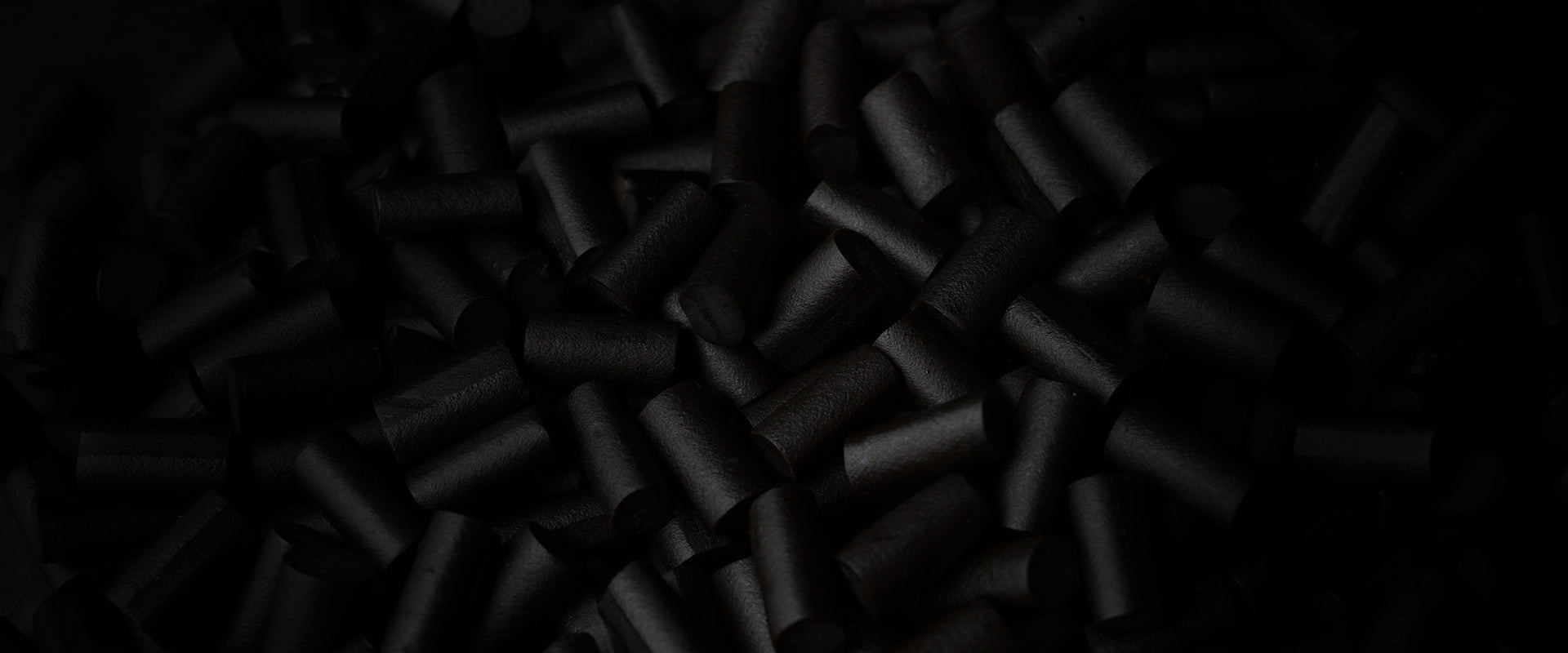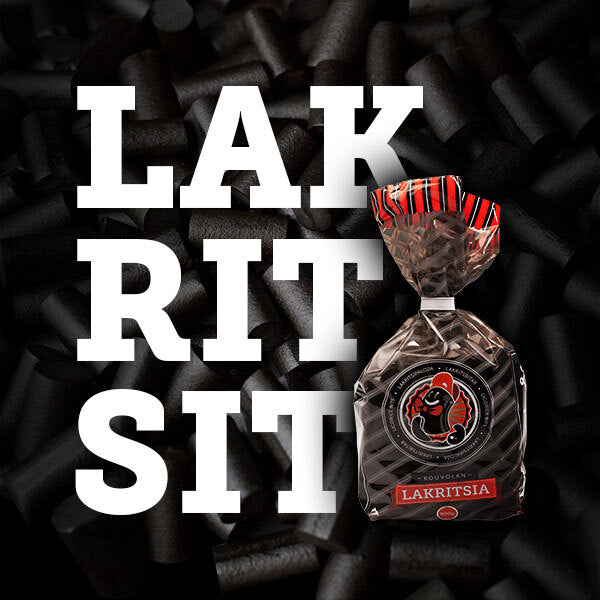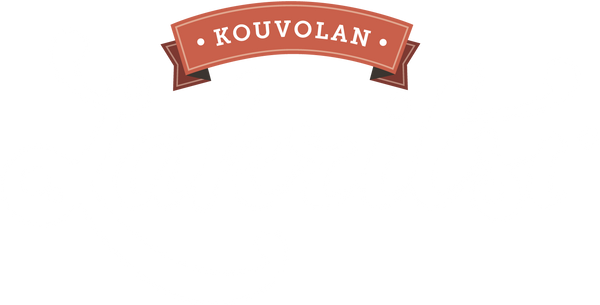
Arvonnan säännöt - Kouvolan Lakritsi
Kouvolan Lakritsi järjestää 28.7–30.11.2025 arvonnan Kouvolan Lakritsin verkkosivuilla. Arvontaan osallistutaan täyttämällä lomake arvontasivulla.
Arvontaan osallistuneiden kesken arvotaan viisi rallipassipakettia (2 passia/pkt) vuoden 2026 Jyväskylän osakilpailuun. Passit toimitetaan voittajille sähköisesti. Arvonta suoritetaan 1.12.2025.
Voitosta ilmoitetaan sähköpostilla. Jos voittaja ei vastaa viestiin 3 vuorokauden kuluessa, arvotaan uusi voittaja. Voittoa tai sen osaa ei voi vaihtaa rahaksi tai muuksi tuotteeksi. Kouvolan Lakritsi ei vastaa matka- tai majoituskuluista eikä teknisistä tai muista ongelmista lippujen lunastuksessa.
❗️Varo huijausviestejä: emme pyydä klikkaamaan linkkiä arvonnan tai voittoilmoituksen yhteydessä, emmekä pyydä rekisteröitymistä.
Järjestäjä kerää ja käsittelee yhteystietoja vain voiton toimittamiseksi. Tietoja ei käytetä suoramarkkinointiin, eikä luovuteta eteenpäin. Kampanjan järjestäjä rajoittaa vastuunsa palkintojen arvoon ja pidättää itsellään oikeuden sääntömuutoksiin. Järjestäjä maksaa mahdollisen arpajaisveron. Järjestäjä ei vastaa mahdollisista tietoliikennekatkoksista tai vastaavista ongelmista.

